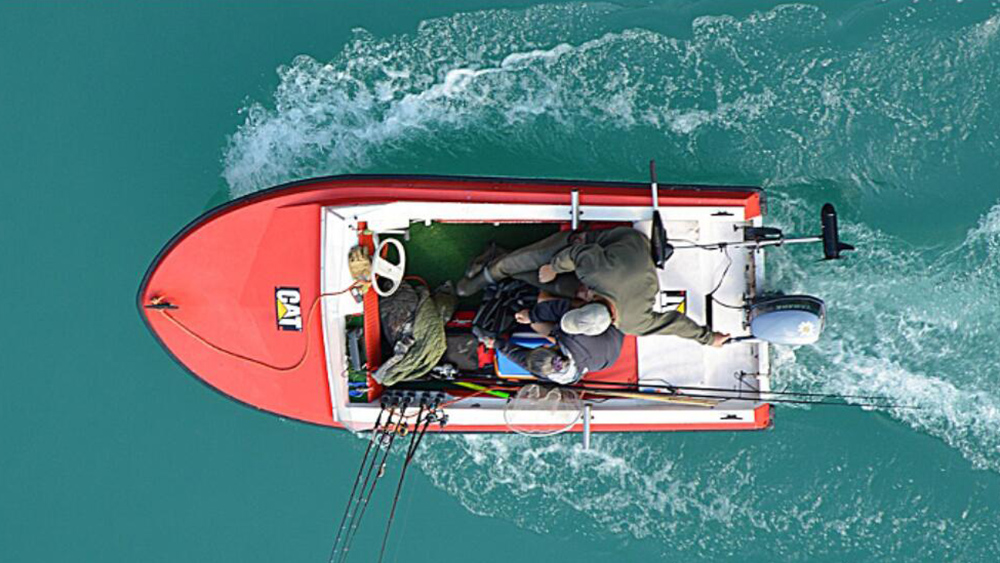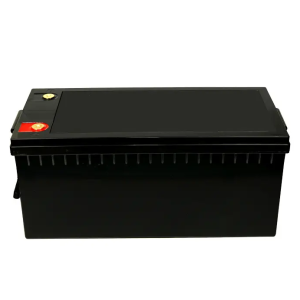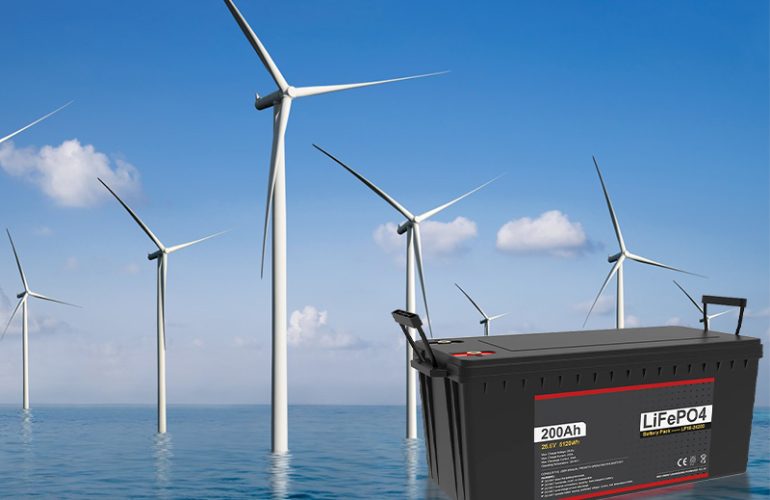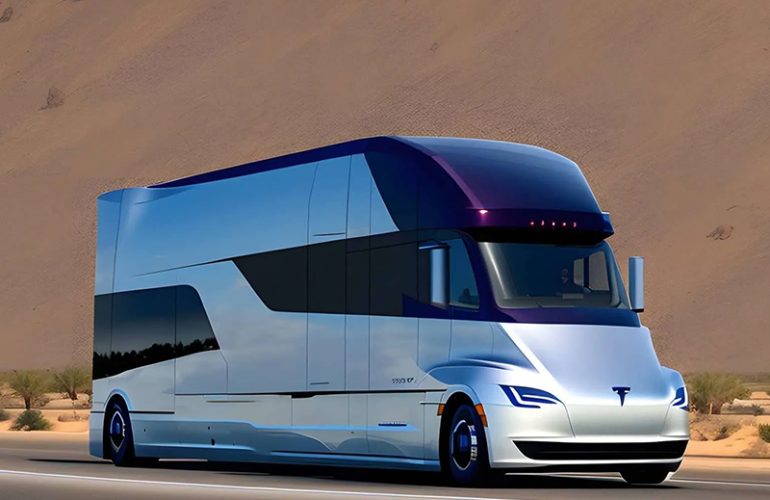When embarking on a long-term fishing expedition, having a reliable trolling motor is essential. Whether maintaining position, navigating mild currents, or silently cruising along the shore, a dependable trolling motor is crucial for those nuanced movements that don’t necessitate full engine power.
So, you’re ready to make the investment. Powering your trolling motor with the finest trolling motor battery available, a lithium LiFePO4 battery, is a smart choice. But how do you select the appropriate lithium trolling motor battery? Naturally, considerations such as size, capacity, and quality come into play.
It’s worth noting that the quality of your lithium battery significantly impacts the performance and longevity of your trolling motor. Therefore, choosing wisely is imperative. We recommend opting for a lithium battery equipped with high-quality battery cells and a built-in battery management system. More detailed information on these features and other pertinent aspects for selecting the ideal trolling motor battery will be provided later on. Continue reading to delve deeper into these considerations and gain valuable insights.
Best 12V Lithium Battery for Trolling Motor
-
Sale!

12V 150Ah Lithium Battery
$689.00Original price was: $689.00.$356.00Current price is: $356.00. Enquiry -
Sale!

12V 100Ah Lithium Battery
$235.00Original price was: $235.00.$229.00Current price is: $229.00. Enquiry -
Sale!
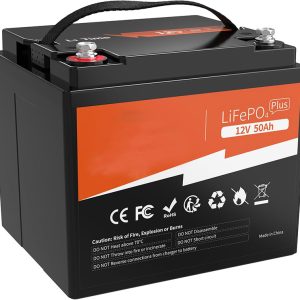
12V 50Ah Deep Cycle Lithium Battery
$335.00Original price was: $335.00.$298.00Current price is: $298.00. Enquiry -
Sale!
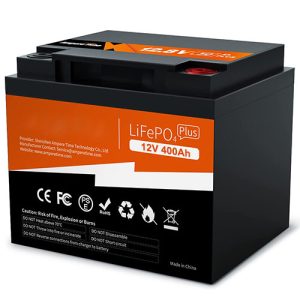
12V 400AH Deep Cycle Lithium ion Battery
$989.00Original price was: $989.00.$958.00Current price is: $958.00. Enquiry -
Sale!

12V 300Ah Lithium ion Battery
$899.00Original price was: $899.00.$599.00Current price is: $599.00. Enquiry -
Sale!

12v 200ah lithium ion battery
$235.00Original price was: $235.00.$198.00Current price is: $198.00. Enquiry
Best Lithium Trolling Motor Battery 24v
-
Sale!
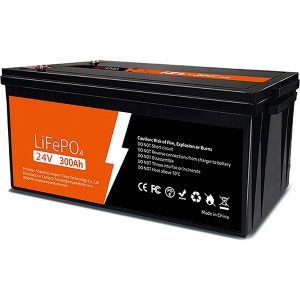
24V 300AH Lithium Ion Battery
$1,387.00Original price was: $1,387.00.$1,359.00Current price is: $1,359.00. Enquiry -
Sale!
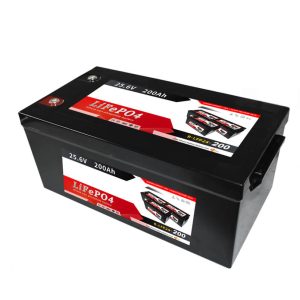
24V 200AH Deep Cycle Lithium Battery
$899.00Original price was: $899.00.$879.00Current price is: $879.00. Enquiry -
Sale!
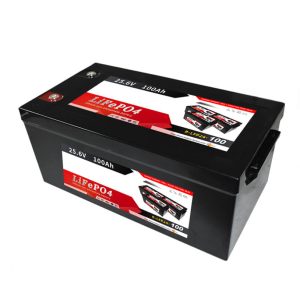
24V 100AH Deep Cycle Lithium Battery
$598.00Original price was: $598.00.$578.00Current price is: $578.00. Enquiry
36V Lithium Trolling Motor Battery
What is a Trolling Motor Battery?
The trolling motor battery is specifically designed for use with a boat’s trolling motor. Its primary function is to supply a consistent source of electricity for extended periods, particularly beneficial for small-scale fisheries. In contrast, boat-starting batteries are utilized for ignition purposes. Marine batteries are crucial for engine ignition and providing sufficient power to operate machinery and devices on board. To make an informed decision about which trolling motor battery to select, it’s important to grasp the various types of batteries available.
What is a deep cycle trolling motor battery?
Most trolling motor batteries are deep cycle batteries, intended to provide sustained energy over extended periods, ideal for leisurely trolling during fishing trips. Deep cycle batteries discharge electricity moderately and consistently to ensure prolonged motor operation.
Given the necessity for uninterrupted power, opting for a dual-purpose or deep cycle trolling motor battery is advisable. Distinct from car engine starter batteries, these options deliver reliable power to sustain engine functionality. A dual-purpose battery offers the added benefit of facilitating engine ignition while supporting prolonged operation. True to their name, dual-purpose batteries serve dual functions efficiently.
Conversely, deep cycle batteries are tailored for consistent power delivery to trolling motors, optimizing performance in such applications. Depending on your requirements, a dual-purpose battery offers versatility, combining the benefits of both types. For those prioritizing longevity in trolling motor performance, deep cycle batteries are the preferred choice.
What to Look for in the Best Trolling Battery
The ideal trolling battery combines reliability with the ability to endure multiple charge cycles without faltering. It’s a battery whose power output remains steadfast despite its weight, refusing to buckle under pressure and fail when you need it most. Moreover, a high-quality battery maintains consistent performance over the years.
For these reasons, lithium batteries have emerged as the preferred choice for trolling motors today. However, not all lithium batteries are created equal. Here are some key considerations when selecting yours:
Choosing a Long-lasting Lithium Battery
The first question to address is: Why opt for lithium? Typically, consumers are presented with three battery options for their trolling motor: wet cell batteries, advanced glass mat (AGM) batteries, and lithium batteries. Each option has its own advantages and disadvantages:
Wet cell batteries are affordable and have stood the test of time but require regular maintenance. AGM batteries offer greater power output without maintenance requirements, but they come at a higher price and heavier weight. In contrast, lithium batteries are lightweight, maintenance-free, and offer comparable power to AGM batteries, making them an attractive option alongside wet cell batteries.
Additionally, lithium batteries boast long-lasting performance, with some brands claiming a lifespan of up to a decade before replacement is necessary. While lithium batteries may have a higher upfront cost, they prove to be a worthwhile investment, leading to significant long-term savings as replacements are seldom required.
However, it’s crucial to verify compatibility before purchasing, as not all trolling motors are designed to work with lithium batteries. Be sure to check compatibility to avoid any compatibility issues.
Battery Size Matters
The size of your trolling motor and the size of the boat it’s paired with matters. When shopping for lithium batteries for trolling motors, you’ll need to consider amperage and voltage. The larger the trolling motor, the higher capacity you’ll need in its battery. For optimal performance, look at your manual or speak to the manufacturer for guidance.
What to Look for in Your Lithium Trolling Battery
The first consideration is the requirements of your trolling motor. Typically, trolling motors operate on three voltages: 12v, 24v, or 36v. You’ll need a battery with matching voltage or multiple batteries connected to meet the motor’s voltage needs.
When using two batteries, ensure they are both new. Avoid mixing old and new batteries, as well as different types when connecting them.
Also, keep in mind the maximum amp-draw of your motor, which should always be lower than the battery’s max amp-draw (also known as continuous discharge rate). Your motor has a maximum power demand from the battery, and the battery can only deliver a certain amount of power at a time. If the battery’s max amp draw is too low, you won’t get enough power to run your trolling motor at full strength.
Once you know your trolling motor’s requirements, focus your search on weight, price, and amp-hours.
Amp-Hours
Amp-hours (Ah) indicate the total use your battery can provide on one charge, depending on the motor’s amp-draw. For instance, with a 100 Ah battery and a motor drawing 25 amps, you’ll get about four hours of continuous use at top speed. Typically, if you plan to fish all day, aim for a battery with double the capacity of your motor’s max draw. For a motor drawing 25 amps, a 50 Ah battery should suffice. For shorter outings, a battery with the same amp hours as your motor’s max amp draw should be adequate.
Weight
Weight isn’t significantly different with lithium batteries, as they are generally lighter than other types. However, some models are lighter than others, and you might consider paying more for that advantage.
Cost
Cost is often the deciding factor when choosing batteries and can be a barrier for many buyers. Lithium batteries are more expensive compared to other options. Quality usually correlates with cost, with factors like higher voltage and amp-hours or reduced weight increasing the price of a lithium battery.
The Best Trolling Battery Brings the Best Fishing
These factors of amp-hours, weight, and cost are likely to be your most significant considerations when choosing your lithium trolling battery. The last thing to keep in mind, however, is warranty and lifetime battery life which can vary drastically depending on the brand.
Determining your budget and comparing that to your needs on the water is vital to selecting the best trolling battery for you. Once you decide both, the right trolling battery isn’t far out of reach.
Other Perks Of Going With Lithium
Unlike traditional batteries, a lithium trolling motor battery can discharge to zero and recharge safely. Its design ensures secure draining and charging processes. Thanks to a sophisticated Battery Management System (BMS), concerns about overcharging or undercharging are alleviated, preventing any damage to sensitive components that might affect battery performance.
With your new lithium trolling battery, you can enjoy over a decade of fishing without worrying about battery replacements. That’s a significant number of worry-free years. Of course, this assumes proper storage and maintenance, but the good news is that our trolling motor batteries require minimal upkeep…
No need to top up water levels like with lead-acid batteries. Enjoy extended fishing trips without battery mishaps. These batteries are lightweight and spill-proof. While opting for a lithium battery for trolling motors may entail a higher initial cost, in the long term, it saves both time and money on battery replacements. Plus, you’ll avoid downtime caused by a depleted battery. Quality comes at a price, but over 10 maintenance-free and replacement-free years are invaluable!
What are the Advantages of the Lithium Trolling Motor Battery?
Cost effective
- Up to 10 years design life, longer lifespan.
- Backed up by 5 years extended warranty, ensuring you peace of mind.
- Up to 70% expenditures can be saved in 5 years.
Plug & Use
- The specially designed mounting holes bring an easy and quick installation.
- Light weight, easy to maneuver and change directions.
- Drop-in replacements for lead-acid batteries.
- Resistant to vibration & shock.
Power your freedom
- You can fish freely withstanding the gale and waves.
- Enduring power helps to support spot-lock fishing all day.
- They are robust that enable a smoothly and steadily stay on the water.
- Enjoy your time & indulge your interest, value much for your fishing.
Charging on board
- The batteries can stay on board the equipment for charging.
- Can be recharged at any time without affecting battery life.
- Get rid of the risk of battery changing accidents.
Intelligent
- Bluetooth – monitoring your battery from your mobile phone anytime via Bluetooth connectivity.
- Built-in equalization circuit, which can realize full time equalization.
- WiFi connection everywhere (Optional) – No network signals while fishing in the wild? No worries! Our battery has built-in wireless data terminal which can automatically switch to available network operators globally.
Ultra Safe
- The LiFePO4 batteries possess high thermal and chemical stability.
- Waterproof & corrosion protection, highly resistant to extreme conditions.
- Multiple built-in protections, including over charge, over discharge, over heating and short circuit protection, etc.
Zero maintenance
- No need to endure the acid spills, corrosion, contamination.
- No regular filling of distilled water.
All-weather batteries
- Our batteries are suitable for saltwater or freshwater.
- Work well in cold or high temperatures.
- With self-heating functions, they can be higher tolerant to cold weather when charging.
- Help to withstand 15+ mph wind speed.
What are the Disadvantages of the Lithium Trolling Motor Battery?
After reading about all of their benefits, you may believe that lithium trolling motor batteries have no disadvantages, but you would be mistaken.
- The most prominent drawback of lithium batteries is the high cost. Even the smallest ones could be out of your price range.
- A specific charger is required for lithium trolling motor battery.
- The temperature range of lithium batteries is limited(-20~60℃).
Battery Tips
- Never mix battery types, nor old batteries with new batteries.
- Charge batteries as soon as possible after each use – leaving batteries in a discharged state will decrease their longevity and performance.
- Periodically check wet-cell battery fluid levels and top-off as needed Check terminal connectors periodically for signs of corrosion – clean with a paste of baking soda and water.
- Store batteries in a cool, dry place in the off-season and maintain a trickle charge.
FAQ
The run time for a trolling motor depends on the reserve capacity of the battery or batteries, the health of the batteries on how hard the motor is run on any given day. Anglers who are not getting a full day’s use out of their batteries should consider replacing them with newer batteries, stronger batteries, or a different overall setup.
Charge your batteries immediately after use, and keep them plugged into the appropriate charger until they are 100 percent charged. Most chargers have a shutoff and a trickle feature that will keep batteries topped off. Also, with wet cell batteries, make sure that water levels are adequate.
Trolling motor batteries used several times a week should last no less than three or four years, and possibly five or six with no loss of charge. Some anglers change them out every two years to be safe. Some of the newer lithium models promise over a decade of use.
Lithium batteries are the newest technology when it comes to trolling motor batteries. Lithium batteries are able to be used with Minn Kota products.
A 100Ah lithium battery will last for 1.85 hours or 1 hour 51 minutes on that trolling motor at full speed.
Will my car battery work for my trolling motor? No, car batteries are not recommended and can ruin your motor.
Tips for Preserving the Lifespan of a Trolling Motor Battery
Again, many factors influence a battery’s lifespan, but they typically last at least five years and can be viable for up to 10 with proper maintenance.
Maximizing Battery Life
It’s a good idea to use a trickle charger during the offseason to keep power flowing through the battery, or to re-charge them every month. Allowing your battery to sit uncharged for a long time will reduce its performance and shorten its lifespan.
A lifespan of a lithium marine battery can last up to 10 times longer than traditional lead-acid batteries—ultimately saving money in the long run. The average life of these types of batteries will vary, but anglers can expect between 3,000 and 5,000 charge cycles depending on manufacturer and use.

